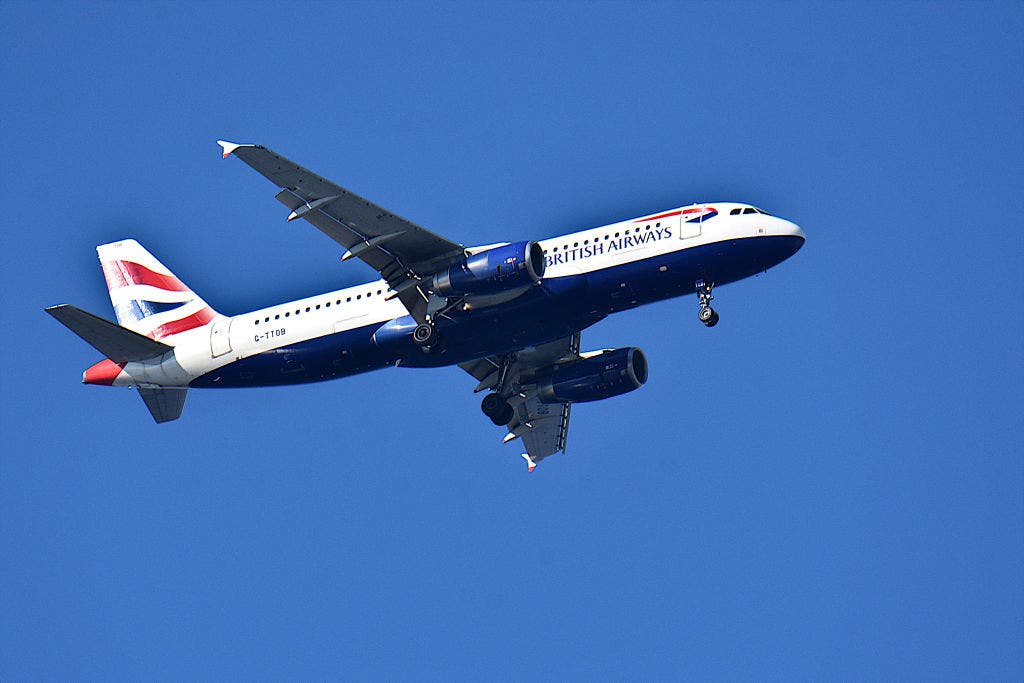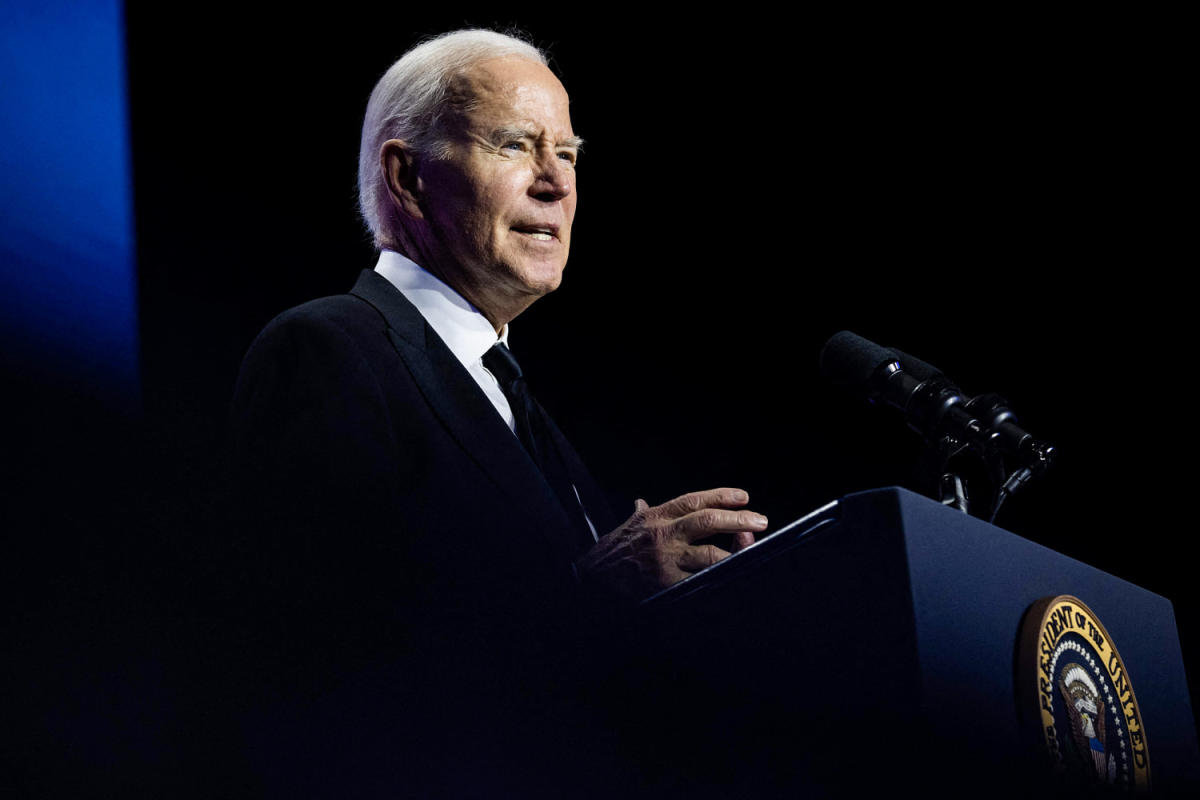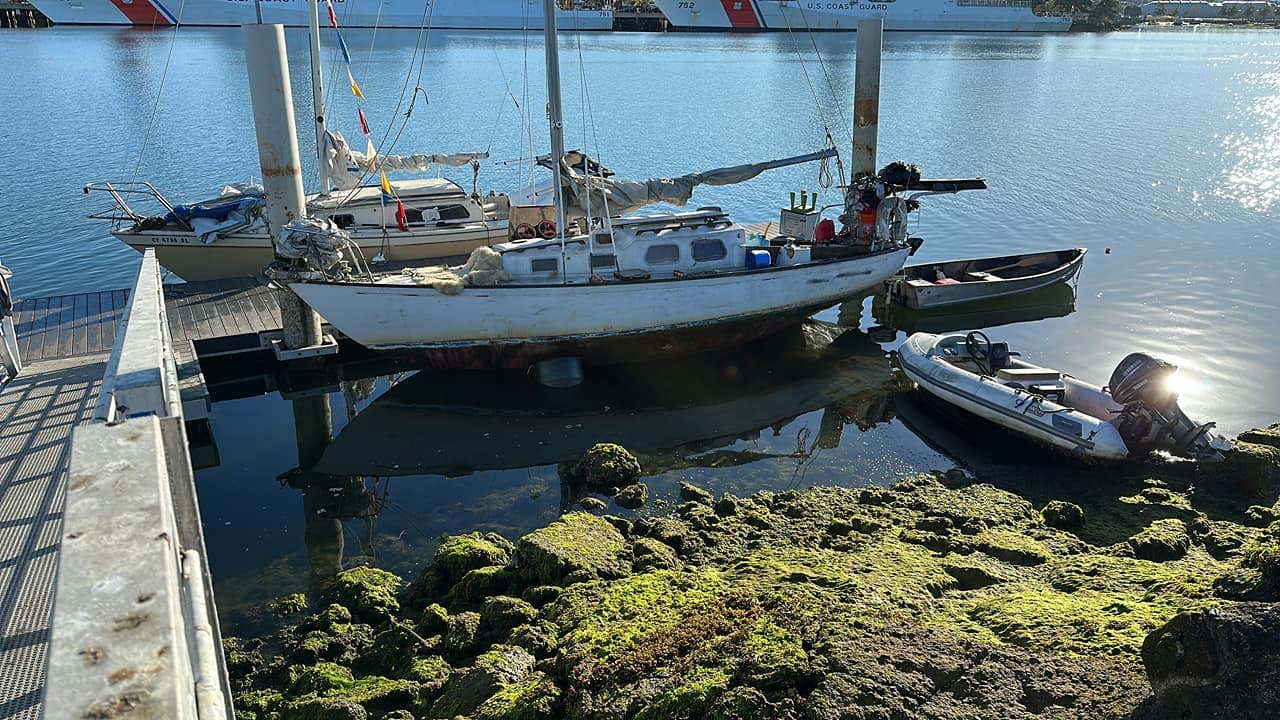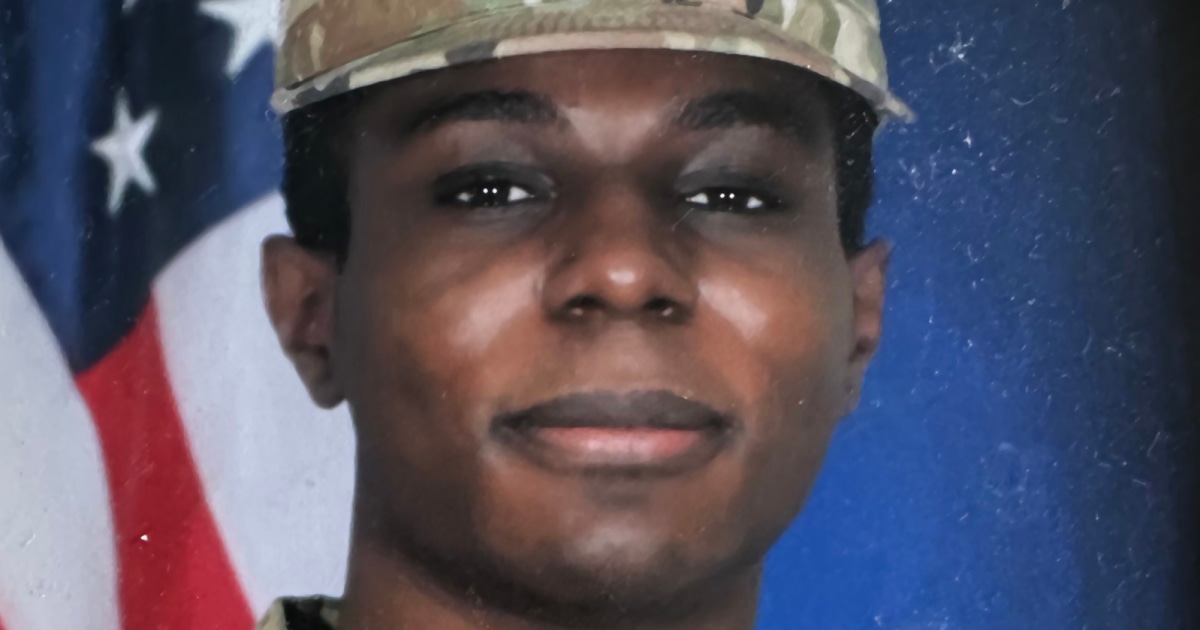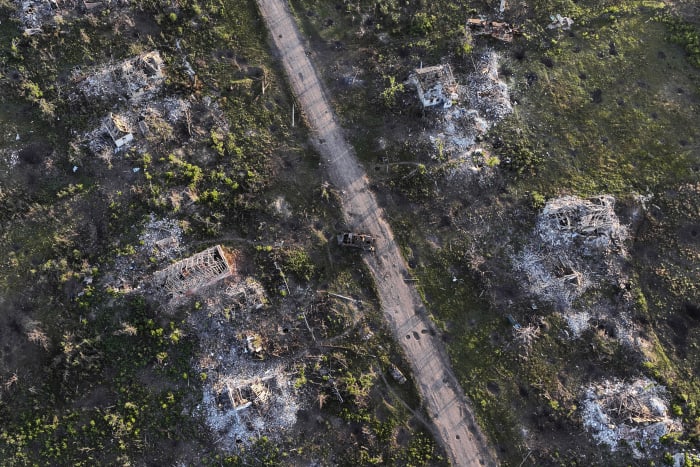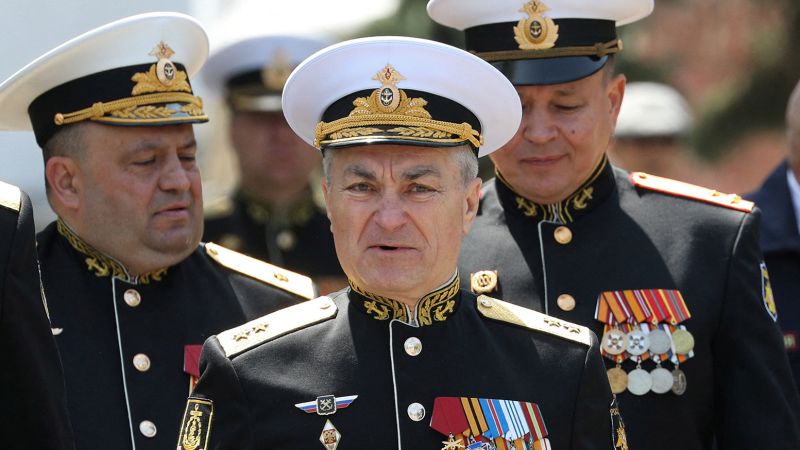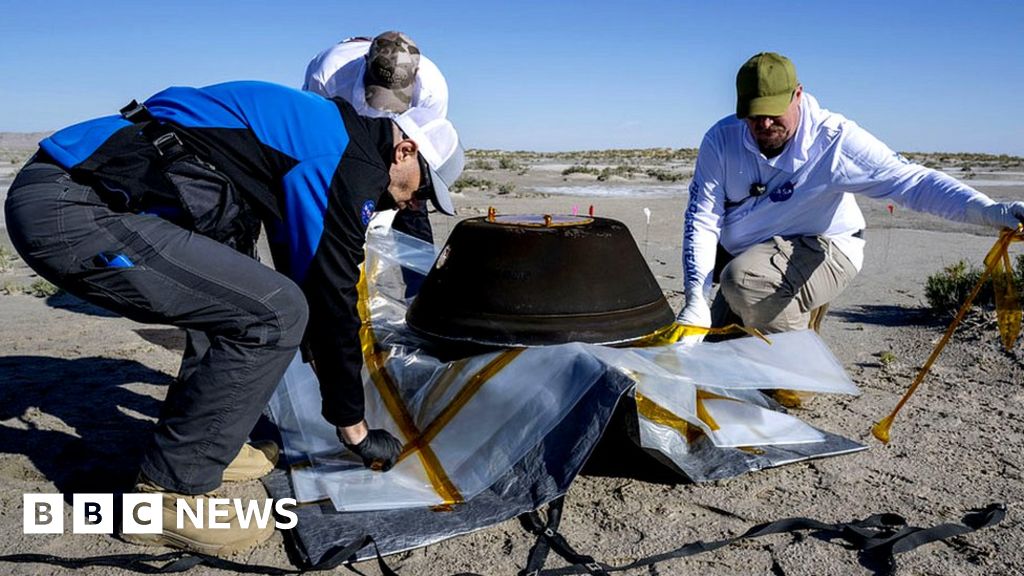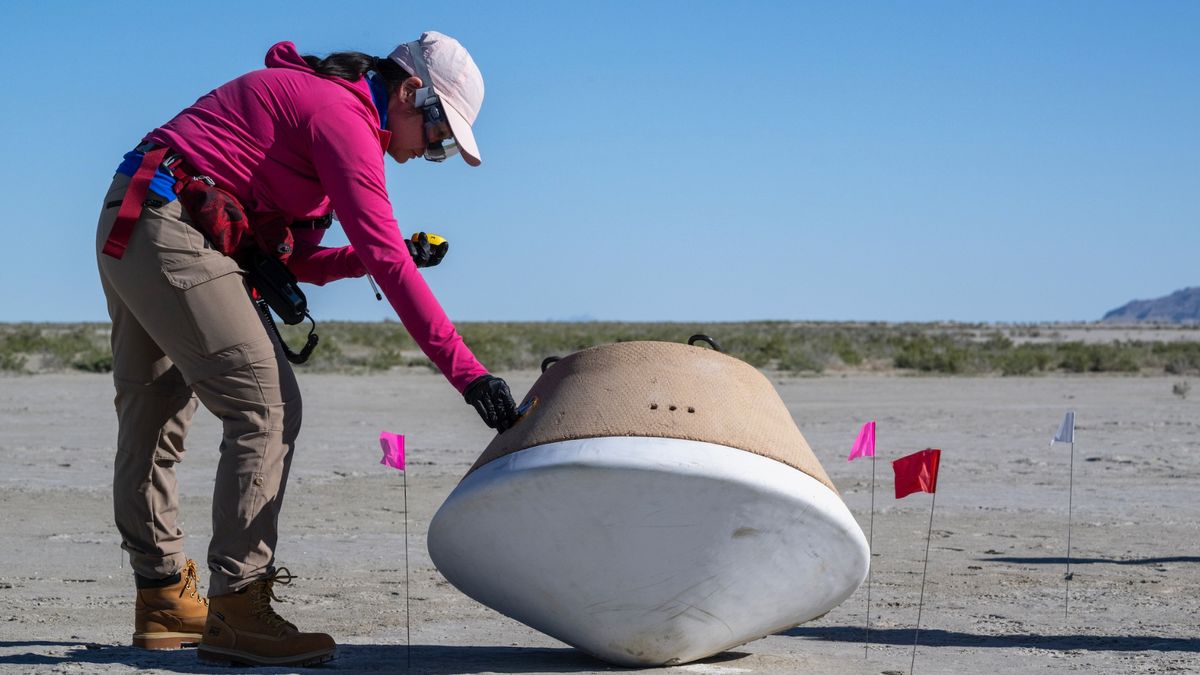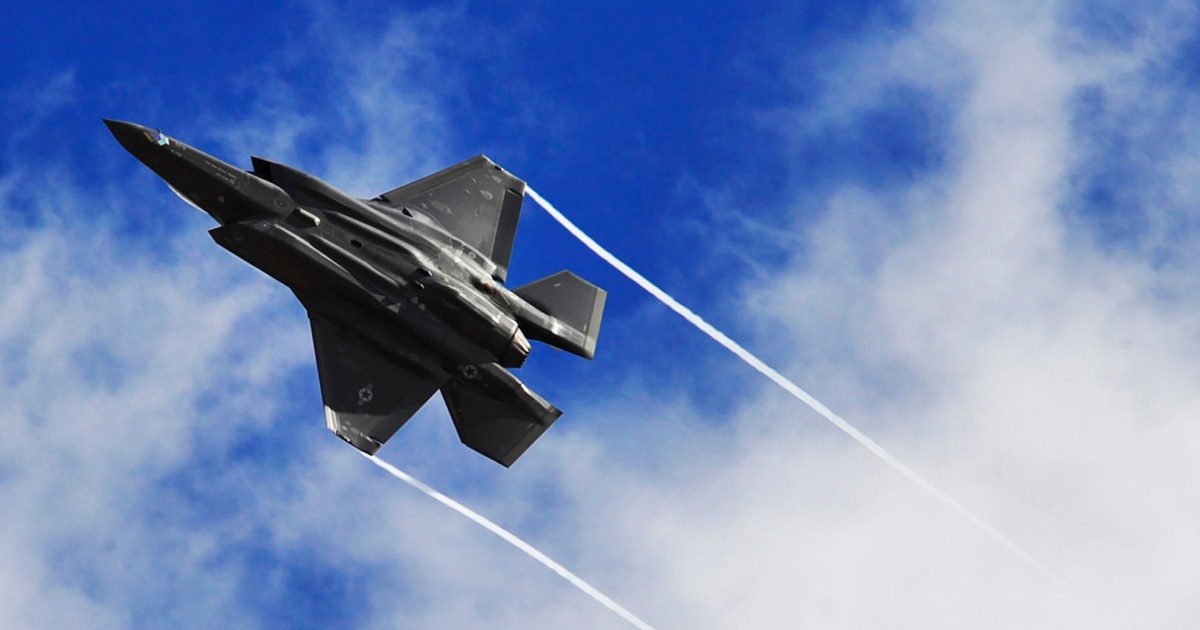
www.nbcnews.com
Questions mount after U.S. fighter jet went missing
Military investigators are facing questions about why an F-35 stealth fighter jet went missing for more than 24 hours.
Local
Military investigators are facing a slew of questions about why an F-35 stealth fighter jet went missing for more than 24 hours before it crashed in rural South Carolina.
As scrutiny mounts of the sophisticated warplane, which also saw a pilot eject last year during a failed landing in Texas, investigators are expected to take months piecing together a timeline of events that began Sunday afternoon to determine why the pilot ejected and why the jet continued flying undetected for so long while locked in autopilot mode.
When Joint Base Charleston in South Carolina asked for the public's help to find the jet, the internet lit up with memes like "Dude, where's my F-35?" and expressing astonishment that an aircraft with stealth mode capabilities could, in fact, vanish so stealthily.
"How in the hell do you lose an F-35?" Rep. Nancy Mace, R-S.C., asked in a social media post. "How is there not a tracking device and we're asking the public to what, find a jet and turn it in?"
What do we know?
The F-35B Lightning II jet, manufactured by Lockheed Martin and operated by the Marine Corps since 2015, took off from Joint Base Charleston on Sunday afternoon. It was one of two planes involved in a routine training flight, Capt. Joe Leitner, the spokesperson for the 2nd Marine Aircraft Wing, told reporters, according to The Post and Courier.
Just before 2 p.m., one of the pilots ejected, parachuting into a backyard residence in Charleston, two defense officials said. The pilot, who was not identified, was taken to a hospital in stable condition.
After 5 p.m., Joint Base Charleston posted on social media that a "pilot ejected safely" following an afternoon "mishap" of an F-35. Officials said they were focusing on a pair of lakes north of the base.
"If you have any information on the whereabouts of the F-35, please call our Base Defense Operations Center," officials wrote.
They launched an intense hunt for the jet, but it wasn't until almost 6:30 p.m. Monday when the base announced that law enforcement had located a debris field in Williamsburg County, a rural stretch about a two-hour drive northeast of the base.
The pilot was released from the hospital earlier Monday, and no other damage or injuries were reported, defense officials said.
Why did the pilot eject?
Military officials could not immediately explain why the pilot parachuted from the plane, but experts and former F-35 pilots said such a decision would not be made lightly.
"The ejection is a last-ditch decision," said David Berke, who served as a commanding officer in the Marine Corps' first F-35 squadron in South Carolina from 2012 to 2014.
"Something has occurred catastrophically where the risk to the aircraft and the surrounding environment is so high that ejection will preserve the life of the pilot."
The F-35B is unique compared to other models, said Dan Grazier, a senior defense policy fellow at the Project on Government Oversight, a nonprofit federal watchdog.
"The F-35B has an autoeject function," Grazier said. "I'm curious to know if it ejected him involuntarily."
The decision to abandon the aircraft meant it would eventually crash, a costly outcome because this version of the aircraft is about $140 million, the watchdog group found in a 2020 report.
"I don't fault a pilot for bailing out of an aircraft if that's the right course of action," Grazier said, adding that the military will want to know if it was done out of mechanical or software failure, pilot error or something else.
Regardless, experts say it could have been worse.
"We are so fortunate that both the pilot was OK, and nobody on the ground was hurt," said Berke, now a chief development officer with the Echelon Front, a leadership development company. "This is a good news story in that regard."
Why did the jet lose communication?
F-35s are equipped with transponders that allow the aircraft to be tracked. But military officials initially said the transponder did not appear to be working but were unsure why.
J.J. Gertler, a senior analyst at Teal Group, a defense consulting firm, said the rocket motors in the pilot's ejection seat could have been so powerful, they "cooked the electronics, the wires, cut off power to the transponder, among other things" in the cockpit.
Berke said the transponder may not have been turned on in the first place because it was flying with a lead F-35, which would have had its transponder on. The second jet's would be off to prevent extra noise from interfering with the approach controller.
"That's just normal procedure," Berke said.
Why did the aircraft keep flying so long?
Military officials will also want to know how the jet, which had been placed on autopilot when the pilot ejected, managed to keep flying through the skies for hours instead of crashing much sooner.
Berke said if there were no engine problems to force the aircraft from the sky, it could conceivably keep coasting
"If the jet's engine is working well and it was in a stable position when the pilot ejected, it's totally plausible," he said.
What happens next?
All Marine Corps aircraft inside and outside the U.S. were grounded on Monday and Tuesday to allow units “to discuss aviation safety matters and best practices,” the Pentagon said.
Grazier said the high-profile incident warrants a full investigation to determine whether it was prompted by a simple explanation or points to a more systemic problem.
He said a preliminary crash report typically takes about 90 days, but a full report could be another year.















